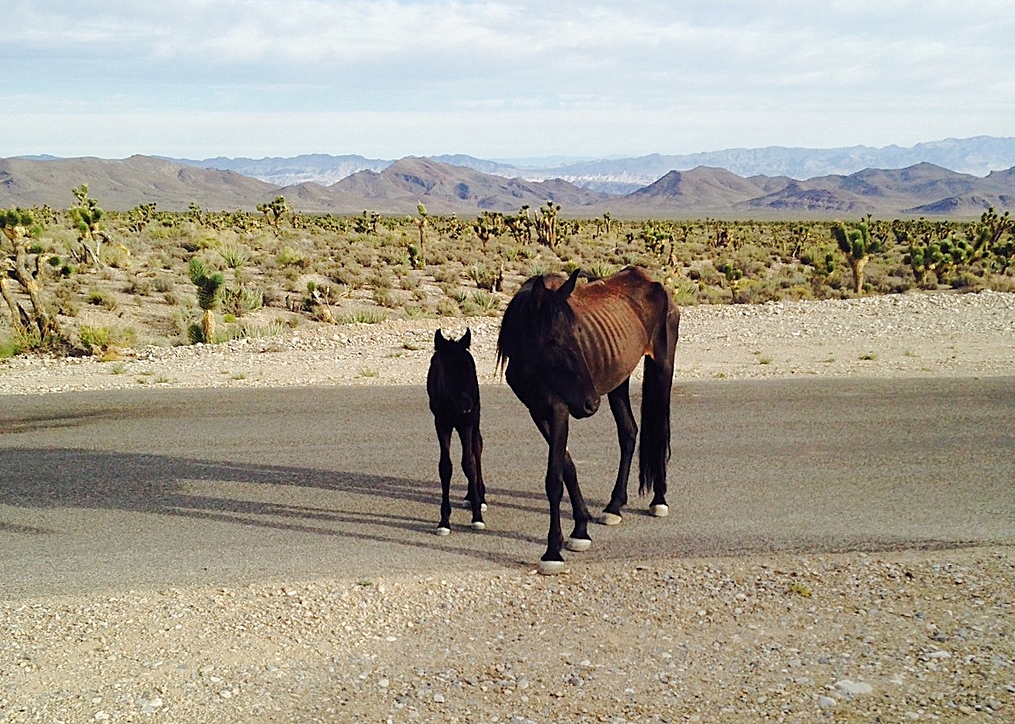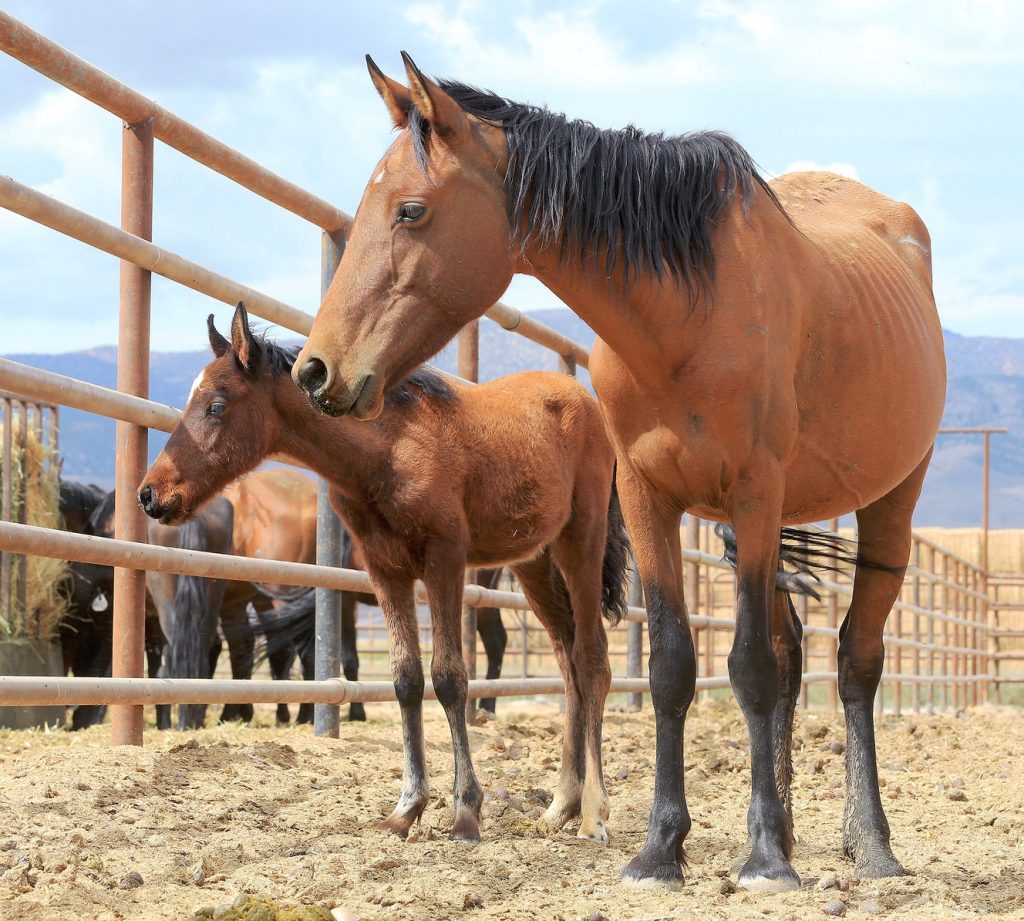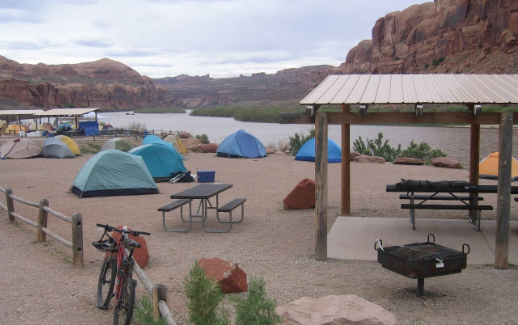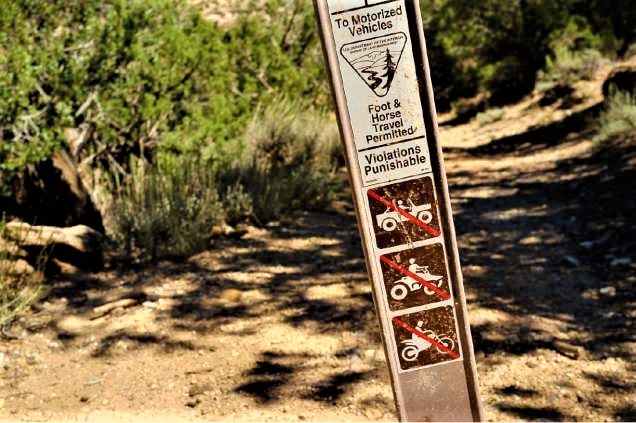“If the current management policies continue, the impacts to fragile western rangelands, wild horses and burros, wildlife and their habitats, and humans will intensify resulting in irreversible consequences. History will not be kind to us if we continue to pass the management of wild horses and burros on to those not yet born. This history will be written on a landscape that can no longer support a diversity of life because we failed to act.”
posted by Marjorie Haun
The press release below summarizes the purpose of the National Wild Horse and Burro Summit, held in Salt Lake City, Utah last week. The many stakeholders who came together for the summit did so to formulate workable solutions to what can only be described as a crisis in western wild horse and burro populations. The Steering Committee for the Summit includes a broad diversity of groups:
Arizona Sportsmen
Audubon Society
Beaver County Commission
Berryman Institute
Congressional Sportsmen’s Caucus
Idaho Wildlife Federation
National Horse and Burro Rangeland Management Coalition
Nevada Division of Wildlife
Oregon Cattlemen’s Association
Society for Range Management
Sportsmen for Fish and Wildlife
The Wildlife Society
Theodore Roosevelt Conservation Partnership
University of Wyoming
Utah Department of Natural Resources
Utah Public Lands Policy Coordination Office
Utah State University Extension
Western Association of Fish & Wildlife Agencies
Western Landowners Alliance
White River and Douglas Creek Conservation Districts
Wyoming State Grazing Board
National Wild Horse and Burro Summit Update
Salt Lake City (August 28, 2017) – The goal of the National Wild Horse and Burro Summit was to provide participants with the best available information regarding the science, management, and policies to make informed decisions to restore healthy horses on healthy rangelands by implementation of the 1971 Wild Horse and Burro Act. Summit sessions included subject-matter experts presenting new science and management information. To view program abstracts and resolutions, go to NationalHorseandBurroSummit.org. To view recordings of the Summit presentations, go to the National Horse and Burro Rangeland Management Coalition website at WildHorseRange.org. On the home page, click on “Watch the Presentations” for all Summit videos.
Summit attendees represented over 100 groups, including youth, educators, non-governmental organizations (NGOs), Native American tribes, wildlife management and conservation groups, environmental organizations, public and private land managers, and horse advocates. Over 60 percent of the participants were NGOs.
The Summit included roundtable discussions that enabled the participants to engage the scientists and each other in an open dialogue to identify strategies and address the growing impacts from excess wild horse and burro populations both on-range and off-range.
“One theme that was repeated over and over again was the sense of urgency and responsibility,” said Terry Messmer, Director of the Berryman Institute at Utah State University. “If the current management policies continue, the impacts to fragile western rangelands, wild horses and burros, wildlife and their habitats, and humans will intensify resulting in irreversible consequences. History will not be kind to us if we continue to pass the management of wild horses and burros on to those not yet born. This history will be written on a landscape that can no longer support a diversity of life because we failed to act.”
Session 3: Science and Management presented by Derek Scasta, University of Wyoming
Session 4: Rangeland Health Impacts of Wild Horses and Burros presented by Brock McMillan, Professor Brigham Young University
See additional presentations here
[paypal_donation_button]
Free Range Report
[wp_ad_camp_3]
[wp_ad_camp_2]



